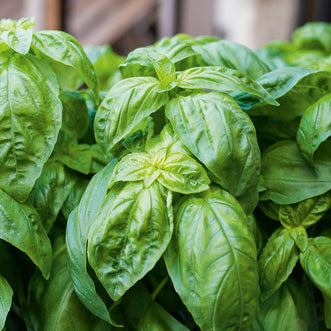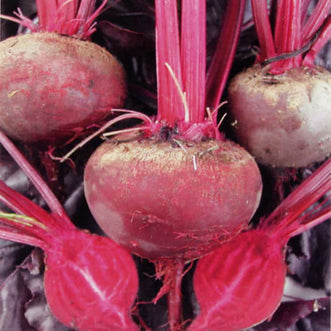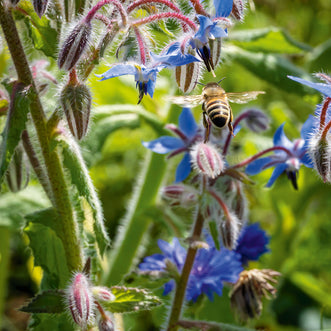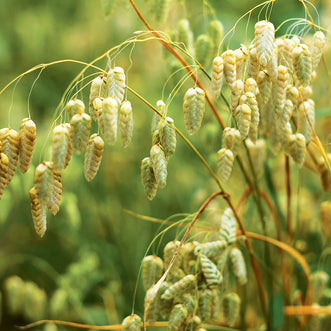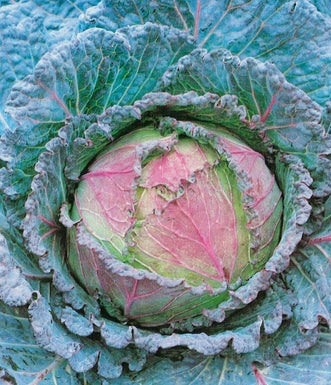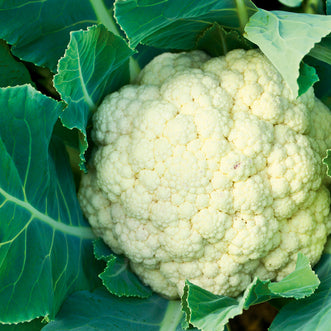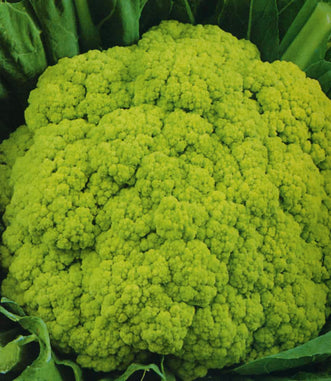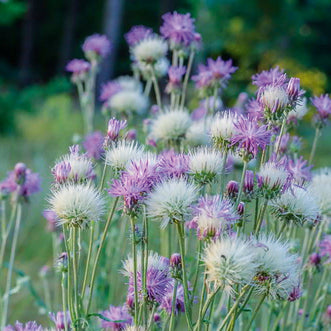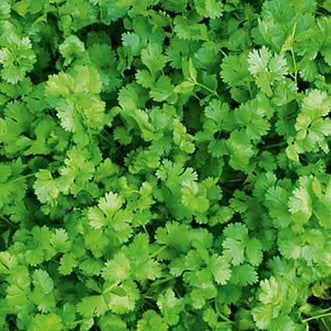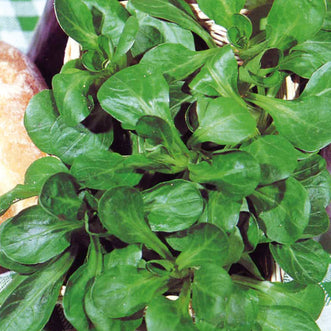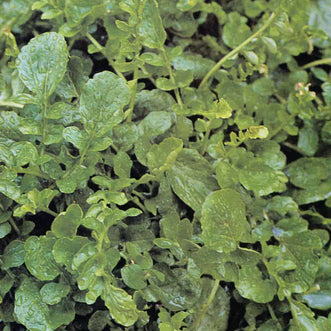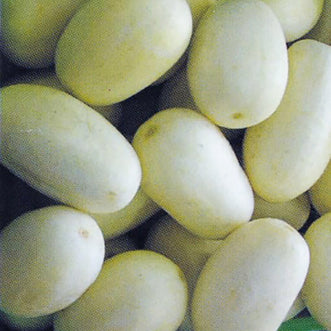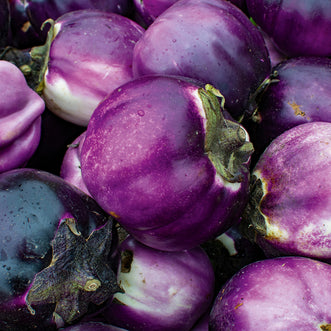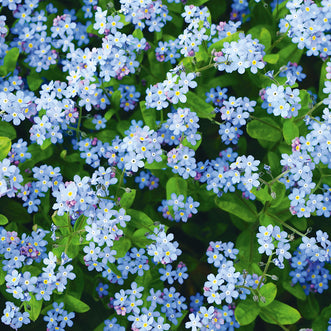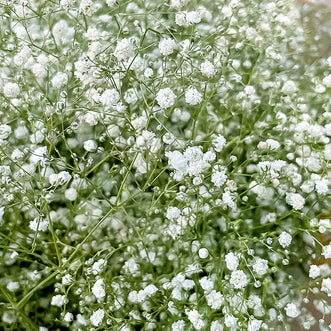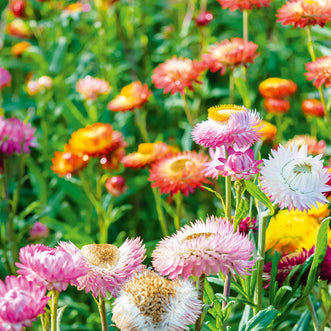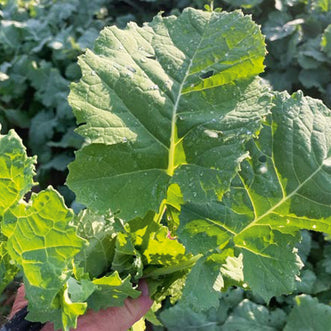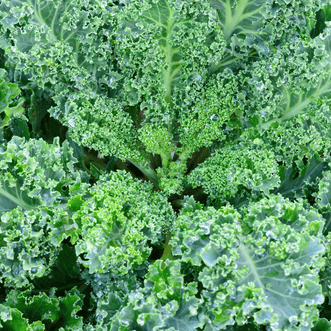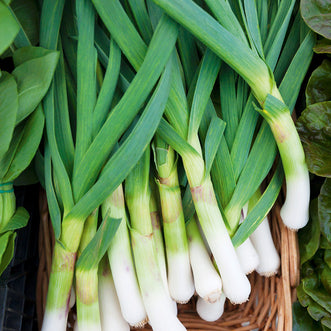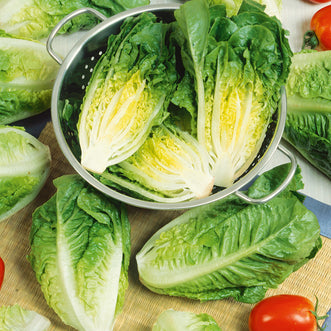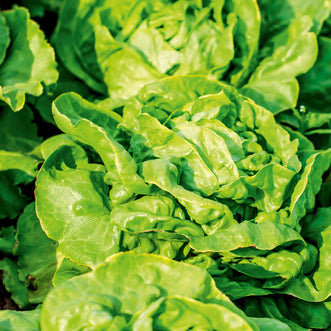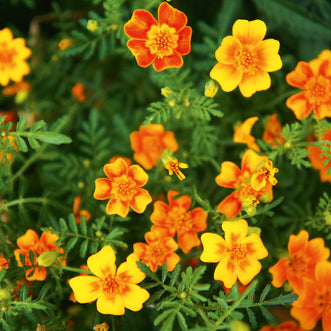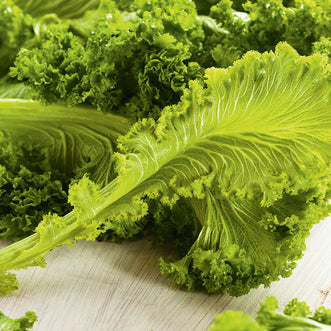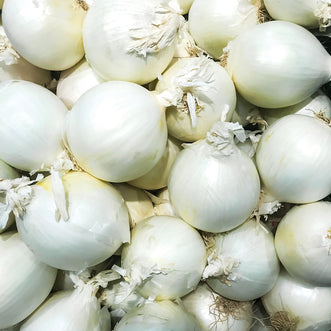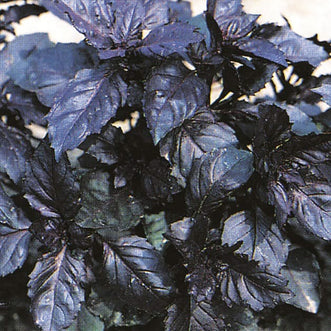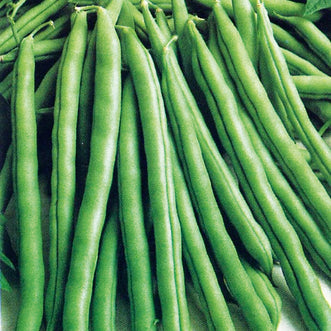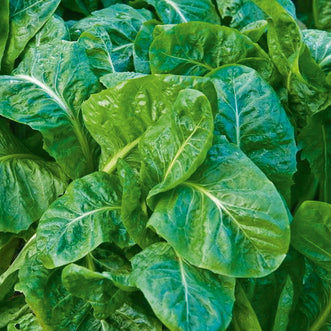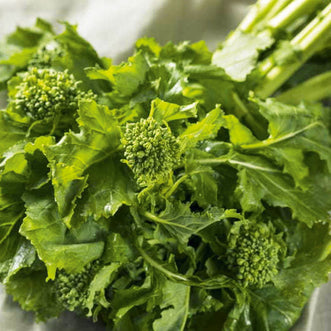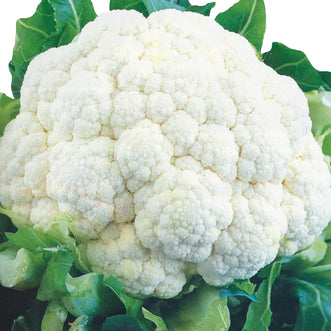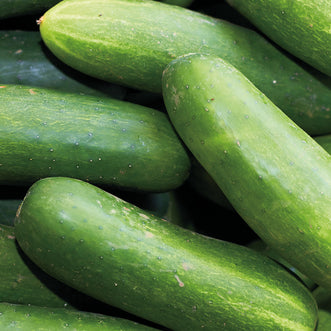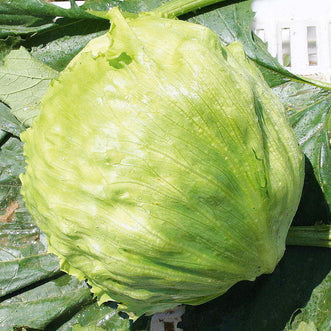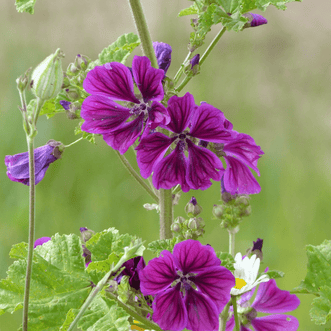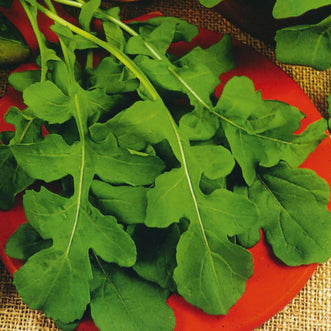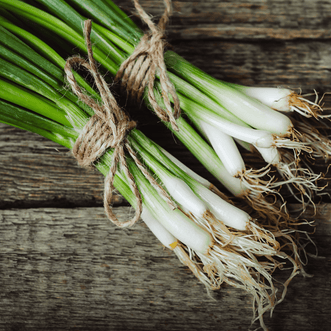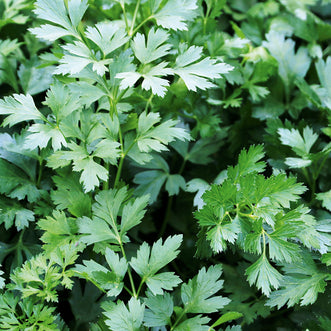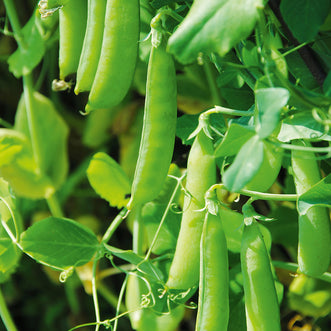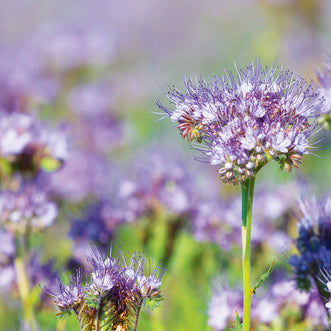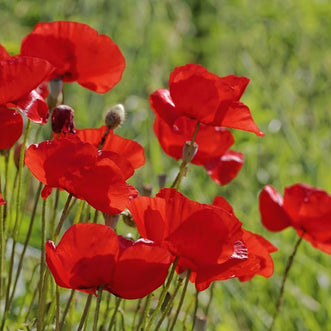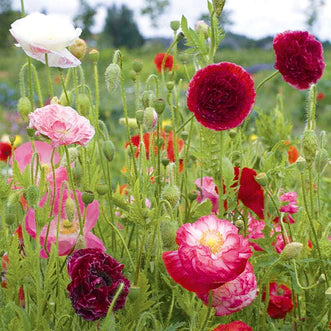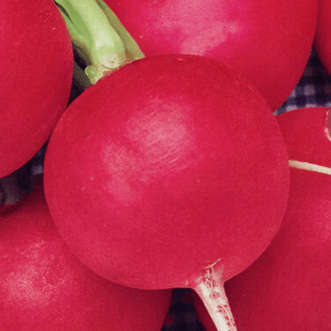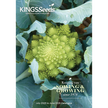Planning Your Garden: Utilising Winter to Prepare for Spring
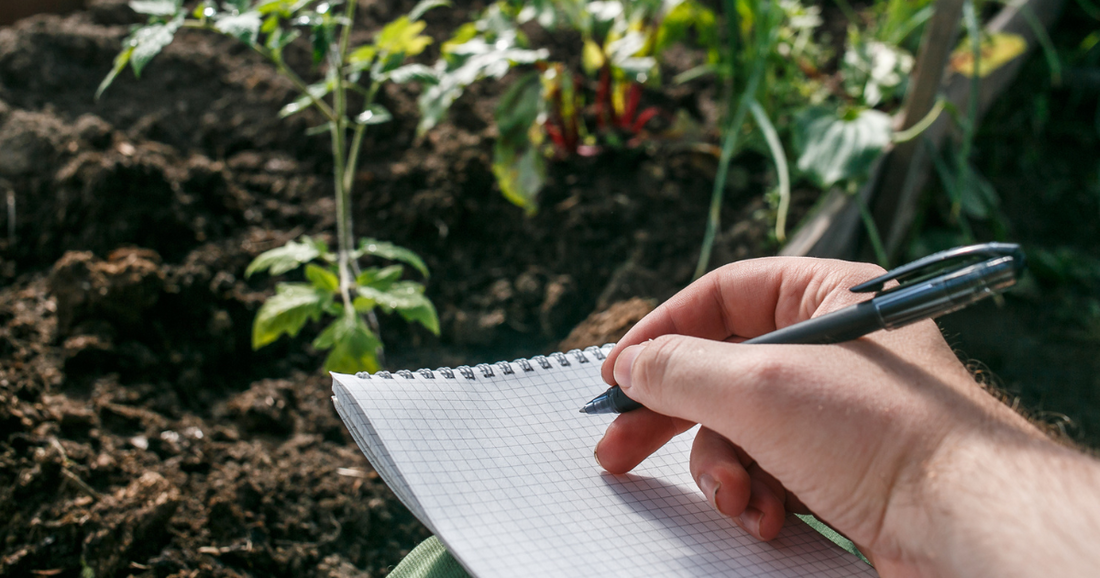
Planning Your Garden: Utilising Winter to Prepare for Spring
A summer garden is planned in winter, and a winter garden is planned in summer.
As winter wraps its frosty embrace around us, it is the perfect time to start planning your garden for the exciting and fruitful warm season ahead.
In this guide, we will explore the art of crop rotation, the crucial aspects of vegetable garden layout, vegetables to plant in spring and summer, the often overlooked but invaluable practice of garden record-keeping and the ultimate reward of a carefully planned garden.
The Art of Crop Rotation
By implementing a strategic crop rotation schedule, you can effectively improve soil health by alternating between different plant families. This helps prevent the depletion of specific nutrients and reduces the buildup of pests and diseases. The impact of this method extends beyond soil health and pest management, as it also contributes to the overall vibrancy and diversity of your garden.
How to lay out a garden with crop rotation can look different to many, but a good rule of thumb is this rotational cycle over four seasons;
Leafy vegetables such as lettuce, spinach, or kale are planted in a garden bed. These plants help rest the soil with low nutrient requirements and prepare it for the next phase.
Root crops, such as carrots, beetroot, or radishes, are then planted. These crops help break up compacted soil and improve its structure.
Fruit crops, fruit-bearing plants like tomatoes, cucumbers, pumpkins or capsicums are then planted. These plants have different nutrient requirements and are heavy feeders.
Legume crops, such as peas, beans, broad beans and clover, are next. Legumes have the unique ability to fix nitrogen in the soil, enriching it and preparing it for the next growing cycle.
This rotation of Leaves, Roots, Fruits and Legumes helps maintain soil fertility, prevents the buildup of specific pests and diseases, and ensures that the soil remains healthy and productive.
How to Layout a Garden
When it comes to garden design, there are several points to consider.
Vegetable garden layout can make or break how productive your garden and harvests are. If your corn is shading out your capsicums, pumpkins crowding out your carrots, or your dahlias drowned by irrigating watercress, all your hard work can be for nothing. By planning your garden layout, you will help plant growth by ensuring that each plant has adequate space, sunlight and water.
Observe the sunlight patterns in your garden throughout the seasons, selecting appropriate plant species for each area based on their sun and shade preferences. A carefully planned garden layout can simplify maintenance by organising plants to make watering, pruning and weeding more efficient.
Clever use of space is another aspect of garden planning. By strategically arranging plants and utilising vertical spaces with trellises and climbing frames, you can maximise your garden's potential and cultivate a wide variety of plants, like cucumbers, tomatoes, gourds and nasturtiums, even in limited areas.
Lastly, consider companion planting, which involves placing mutually beneficial plants together to promote growth and deter pests. This can also contribute to a healthier and more vibrant garden. Some classic companion plants are marigolds, basil, borage, chives and dill.
Choosing Plants for Spring and Summer
Selecting the perfect vegetables for the upcoming season is an art form in itself, but the most important thing to remember is to plant what you enjoy eating; once you taste your favourites freshly picked, you won't be able to stop growing your own.
When selecting suitable vegetables for planting in spring, it's important to consider the climate and season. Late frosts can cause heartache, with months of work gone overnight. In New Zealand, planting seedlings in your garden after Labour weekend (late October) in frost-free zones and after Show weekend (mid-November) in frosty zones is considered safe.
What vegetables to plant in spring; brassicas, carrots, mesclun, beetroot, onions, beans, peas, asparagus, radish, spinach, silverbeet, artichoke and pak choi, as well as flowers such as pansies, calendula, sweet pea, daisy, dianthus, nigella, forget me not, echium, strawflower, lupin, poppy and echinacea.
What vegetables to plant in summer; corn, tomatoes, capsicums, cucumbers, zucchini, pumpkin, chilli, melon, lettuce and herbs like basil and lemongrass. Flowers include dahlias, cosmos, scabiosa, morning glory, gomphrena, gaillardia, phlox and nasturtium, to name a few.
Find many more options categorised into seasons to sow on our website.
Record Keeping for Garden Success
Garden record keeping is valuable for any gardener, offering numerous benefits for novice and experienced enthusiasts. Keeping a garden diary allows you to track the progress of your plants, note any issues or successes, and ultimately learn from your experiences.
Maintaining a dedicated gardening journal can include noting the dates of planting, types of plants, weather conditions, rainfall and any pest or disease encounters.
Detailed yearly records can then identify patterns and trends, helping to optimise future planting and maintenance decisions. You can improve your gardening success by consistently recording and analysing information in your garden diary.
Harvest the Rewards of Your Planned Garden!
As we conclude this journey through the art of garden planning, let's remember that planning and preparation during the slower winter season lay the foundation for plentiful harvests come summer.
Take advantage of the opportunity to explore Kings Seeds collections, where you'll find a treasure trove of seeds and products ideally suited for your spring and summer garden, along with numerous guides and advice on sowing and growing.
Enjoy embarking on this planning adventure and witness your garden burst into full bloom soon!
~ Sow ~ Nurture ~ Nourish ~



